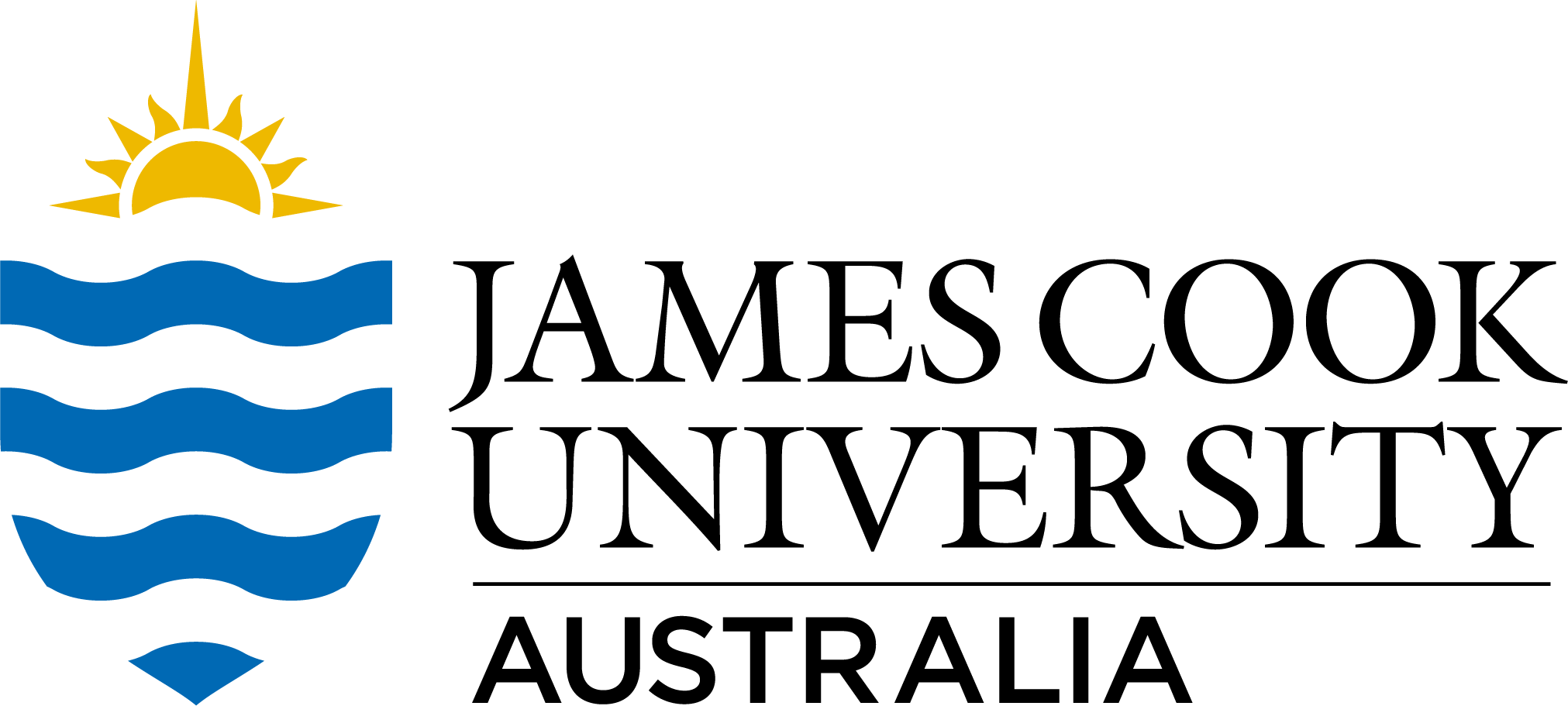Full description
Datasets (all) for this work, provided in.csv format for direct import into R. The data collection consists of the following datasets:
All.data.csv
This dataset contains the data used for the first behavioural model in PhD chapter 3, and the associated manuscript accepted in Marine Biology entitled: Cleaner shrimp are true cleaners of injured fish [authors: David B Vaughan, Alexandra S Grutter, Hugh W Ferguson, Rhondda Jones, Kate S Hutson]. This dataset informed the initial exploratory mixed effects random intercept model using all cleaning contact locations (fish sides, oral, and ventral) recorded on the fish per day testing the response variable ‘cleaning time’ as a function of the fixed effects ‘day’, ‘cleaning contact locations’, and interaction ‘day x cleaning contact locations’, and ‘fish’ and ‘shrimp’ as random effects.
All.dataR.14.csv
This dataset contains the data used for the second to fifth behavioural models model in PhD chapter 3, and the associated manuscript accepted in Marine Biology entitled: Cleaner shrimp are true cleaners of injured fish [authors: David B Vaughan, Alexandra S Grutter, Hugh W Ferguson, Rhondda Jones, Kate S Hutson]. This is a subset of All.data.csv which excludes oral and ventral cleaning contact locations (scenarios 5 and 6). The analysis for All.data.csv was repeated using this analysis initially, and then two alternative approaches were used to model temporal change in cleaning times. In the first, day was treated as a numeric variable, included in the model as either a quadratic or a linear function to test for curvature testing the response variable ‘cleaning time’ as a function of the fixed effects ‘cleaning contact locations’, ‘day’, ‘day2’, and the interactions ‘cleaning contact locations with day’, ‘cleaning contact locations with day2’, and ‘fish’ and ‘shrimp’ as random effects. This analysis was carried out twice, once including all of the data, and once excluding day 0, to determine whether any temporal changes in behaviour extended beyond the initial establishment period of injury. In the second approach, based on the results of the first, the data were re-analysed with day treated as a category having two binary classes, ‘day0’ and ‘>day0’.
Jolts.data1.csv
This dataset was used for the analysis of jolting in PhD chapter 3, and the associated manuscript accepted in Marine Biology entitled: Cleaner shrimp are true cleaners of injured fish [authors: David B Vaughan, Alexandra S Grutter, Hugh W Ferguson, Rhondda Jones, Kate S Hutson]. The number of ‘jolts’ were analysed using a random-intercept mixed effects model with ‘fish’ and ‘shrimp’ as random effects, and ‘treatment’ (two levels: Injured_with_shrimp; Uninjured_with_shrimp), and ‘day’ as fixed effects.
Red.csv
This dataset was used for the analysis of injury redness (rubor) in PhD chapter 3, and the associated manuscript accepted in Marine Biology entitled: Cleaner shrimp are true cleaners of injured fish [authors: David B Vaughan, Alexandra S Grutter, Hugh W Ferguson, Rhondda Jones, Kate S Hutson]. The analysis examined spectral differences between groups with and without shrimp over the subsequent period to examine whether the presence of shrimp affected the spectral properties of the injury site as the injury healed. For this analysis, ‘day’ (either 4 or 6), ‘shrimp presence’ and the ‘shrimp x day’ interaction were all included as potential explanatory variables.
Yellow.csv
As for Red.csv.
UV1.csv
This dataset was used for the Nonspecific tissue damage analysis in PhD chapter 3, and the associated manuscript accepted in Marine Biology entitled: Cleaner shrimp are true cleaners of injured fish [authors: David B Vaughan, Alexandra S Grutter, Hugh W Ferguson, Rhondda Jones, Kate S Hutson]. Nonspecific tissue damage area was investigated between two levels of four treatment groups (With shrimp and Without shrimp; Injured fish and Uninjured fish) over time to determine their effects on tissue damage. Mixed effects random-intercept models were employed, with the ‘fish’ as the random effect to allow for photographic sampling on both sides of the same fish. The response variable ‘tissue damage area’ was tested as a function of the fixed effects ‘treatment’, ‘side’, ‘day’ (as a factor). Two levels of fish sides were included in the analyses representing injured and uninjured sides.
Created: 2018-06-22
text: Marine Parasitology Laboratory, Centre for Sustainable Tropical Fisheries and Aquaculture, James Cook University, Townsville, Queensland, Australia
User Contributed Tags
Login to tag this record with meaningful keywords to make it easier to discover
- DOI : 10.4225/28/5B2C885B32331

- Local : researchdata.jcu.edu.au//published/dcfe478f5167f5c8ffa3b863a74796a2
- Local : 548b573f5e216be1ef167dc9c1fa4f91


